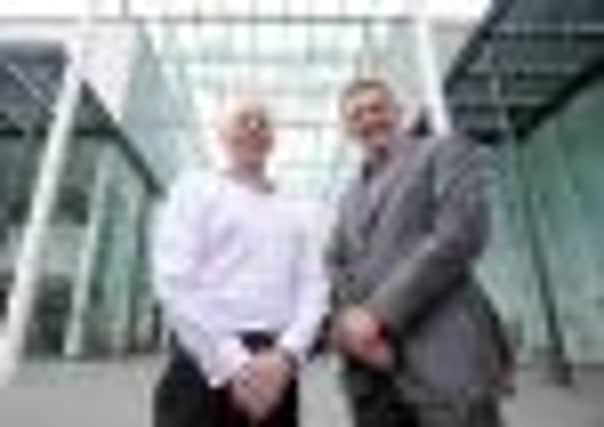Retail centre where waste is just not allowed


But St Stephen’s Shopping Centre’s impressive entry proved that it is possible to break outside the boundaries of one’s core business to provide environmental solutions. And the fact that the Hull-based shopping centre shows other businesses how it can be done was a key factor in the judges’ decision to award it the coveted accolade for Environmental Business of the Year.
With a footfall of more than 10.5 million people, and a footprint of 560,000 sq ft, the centre showed it embraces its environmental responsibility; going above and beyond its regulatory duties.
Advertisement
Hide AdAdvertisement
Hide AdFor example, despite attracting such significant footfall, St Stephen’s says it has almost erased its carbon footprint.


It counts among its green activities the implementation of a zero-to-landfill policy which means that 100 per cent of its waste is recycled or incinerated for energy recovery.
Meanwhile, as well as the usual recycling of waste such as plastics, metals and paper, St Stephen’s has also implemented a process to send all its non-recyclables, including food waste, to an energy recovery facility site where it is burned and reused for energy. St Stephen’s also arranges for a local firm to collect and recycle common materials.
A rainwater harvesting system, which reuses over 1m litres of rainwater harvested from the roof to flush the public toilets, has helped the shopping centre reduce its water bill by more than 70 per cent in the past three years.
Advertisement
Hide AdAdvertisement
Hide AdOther low-cost water efficiency measures include trialling waterless urinals, each of which is forecast to save 100,000 litres of water a year, installing dual-flush cisterns, saving up to three litres per flush, or 7.5m litres per annum across the 34 toilets, and fitting timers that switch off the flushing system for urinals and toilets out-of-hours, which otherwise operated through the night. Meanwhile, the centre also undertook a leak detection survey which has saved around ten million litres of water.
One of the aspects of the centre’s entry which particularly impressed the judges was its installation of two new electric car power sockets in the car park, which are free for the public to use. It says it was the first retail centre in the region to do so.
Other energy-saving initiatives include the installation of extra motion and light sensors during 2011 and the replacement of regular lamps with LED technologies. The centre has also fitted new controls to switch off unnecessary lighting.
Tony van der Vliet, deputy centre manager, highlighted the fact that with the rising cost of utilities it was a commercial decision to implement the environmental measures. He said: “We are always looking at how we can save money on our service charge for our retailers.”
Advertisement
Hide AdAdvertisement
Hide AdSt Stephen’s is also involved in the Business in the Community initiative, and its management team is keen for its support staff and 50-plus retailers in the centre to put forward new ideas and innovations regarding sustainable development.